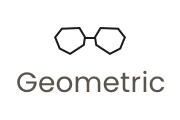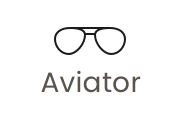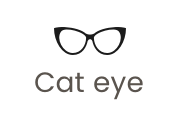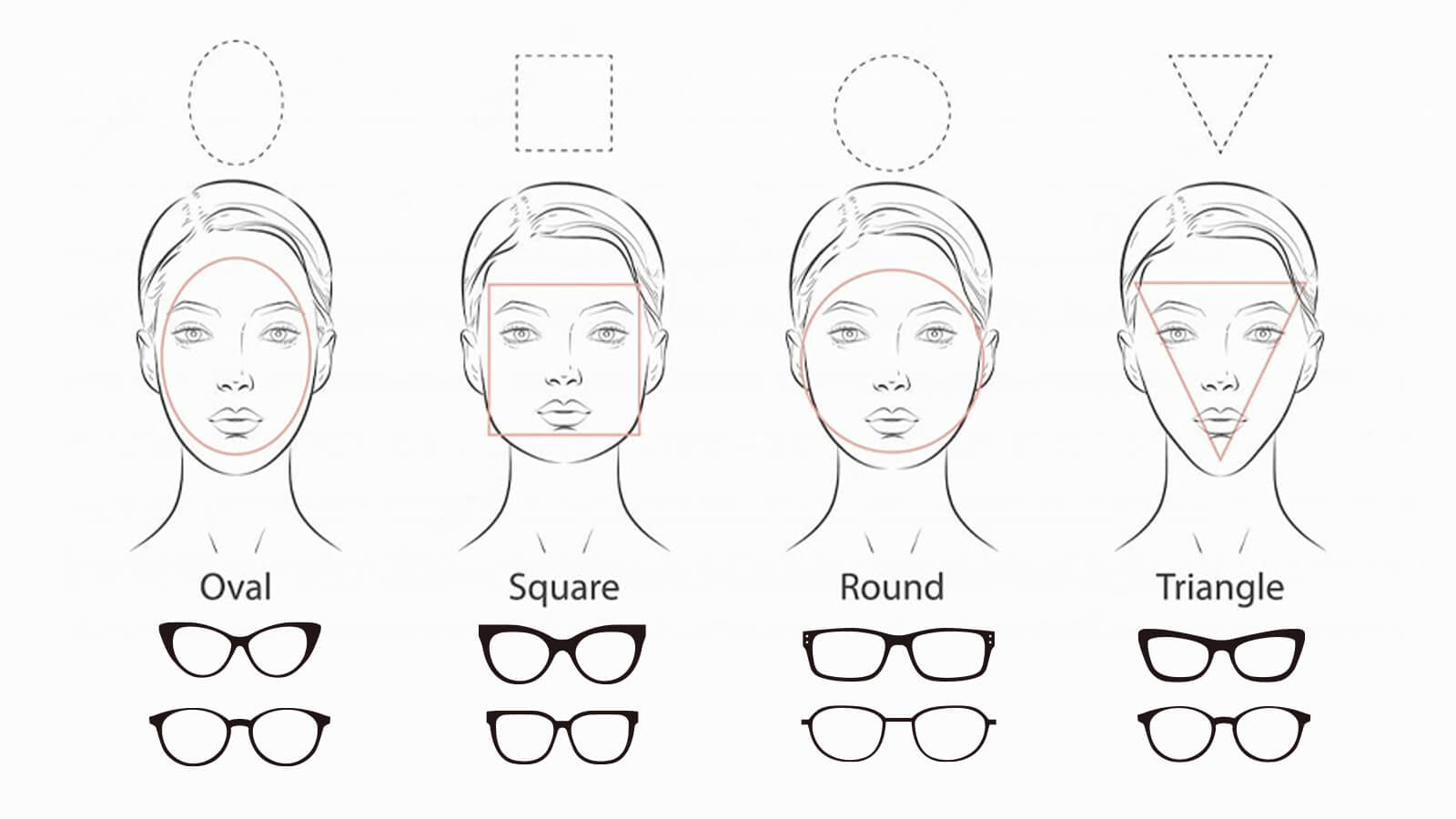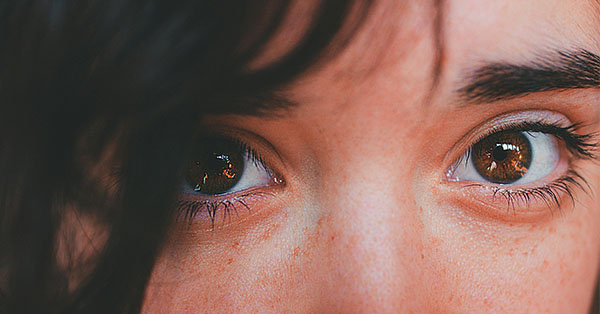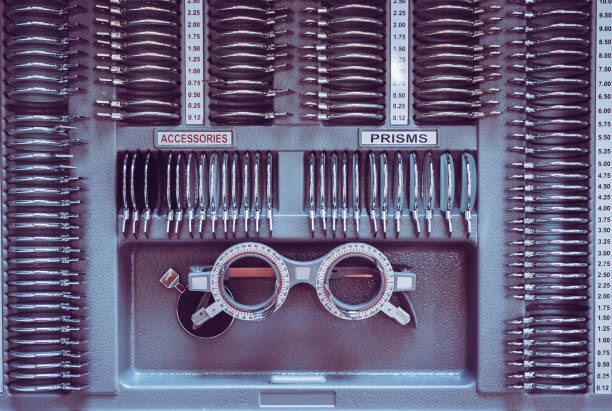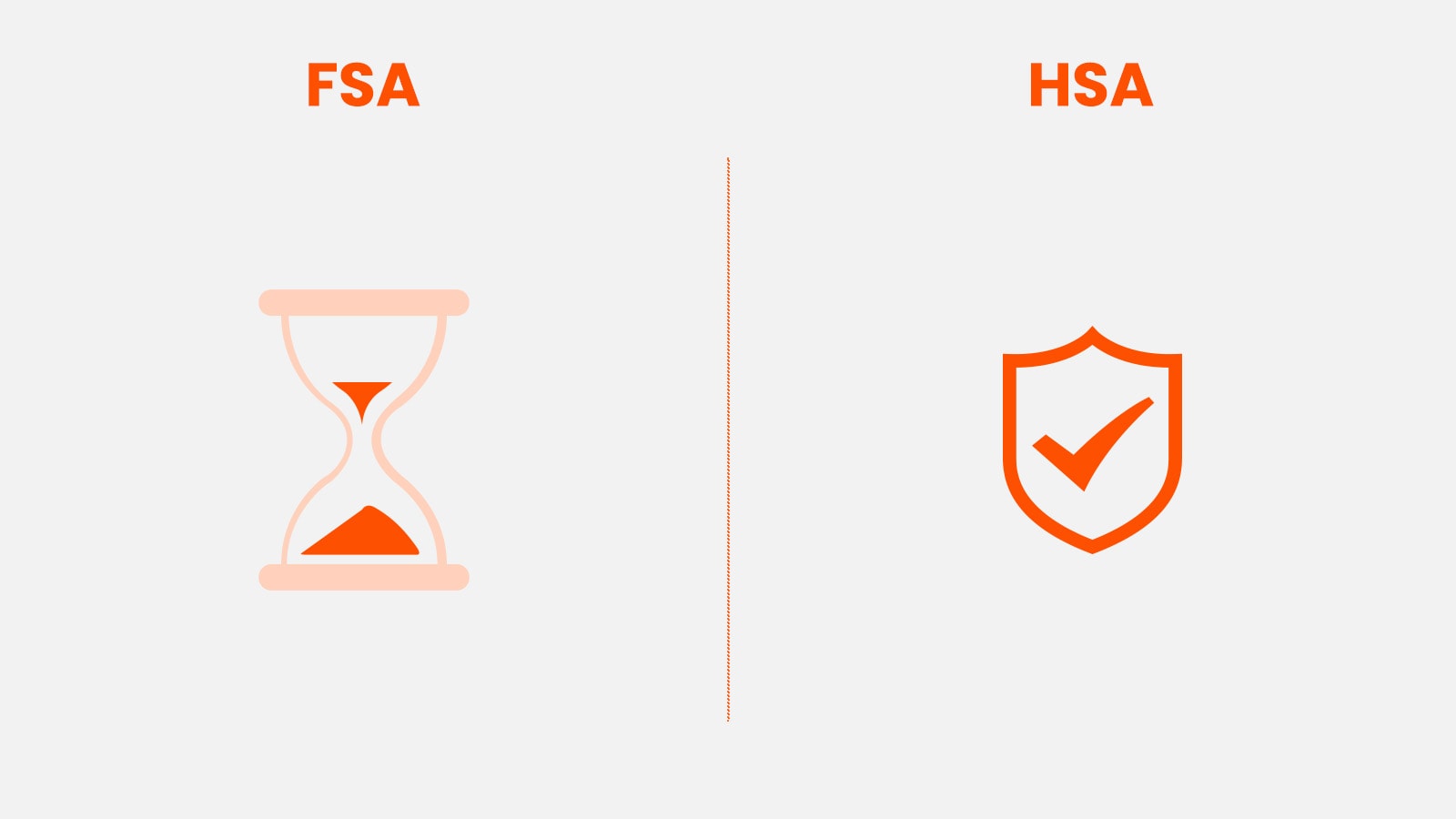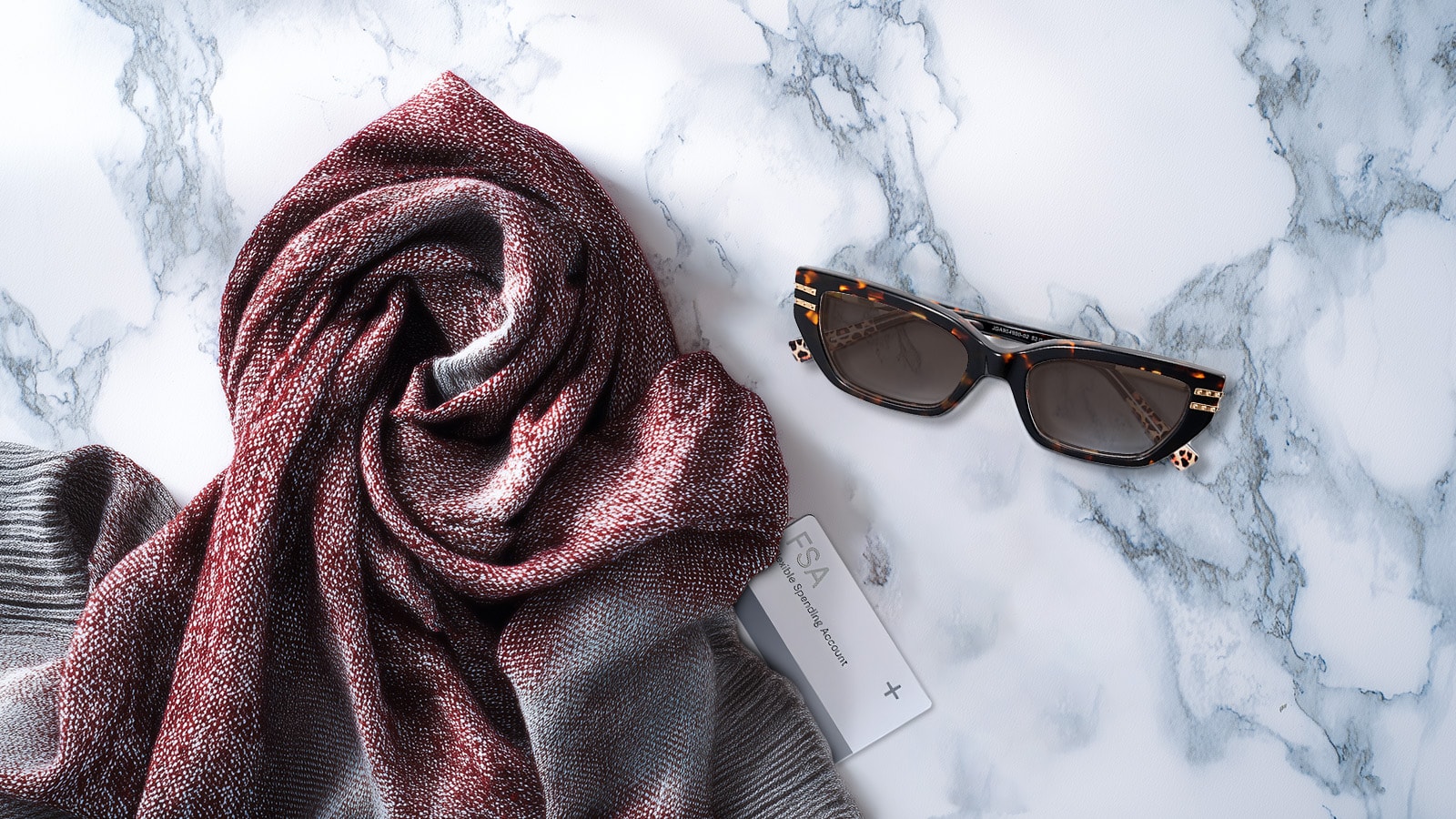
Guide to Picking Glasses That Suit Your Face Shape Perfectly
February 27,2023

What is Boho Style? A Comprehensive Guide to Boho-Chic Fashion
February 13,2025

Virtual Glasses Try On - Find Your Perfect Pair Online
April 02,2024

UV Protection Glasses VS. Blue Light Glasses - Vooglam
July 20,2023

Newest Style Modern Trendy Mens Glasses | Vooglam
March 01,2024

Stylish Reading Glasses: Blending Fashion with Functionality
February 16,2023

What are photochromic lenses & glasses?
September 22,2023

Brown Eyes: The Beauty of the Most Common Hue
September 01,2024

The chubby face glasses for round face female
August 02,2023

What are prisms in eyeglasses?
March 20,2023

What are Bifocal Lenses? - Vooglam
April 14,2023

How to Read Your Eyeglass Prescription?
March 11,2023
What Does Low Bridge Fit Mean for Your Glasses?
Are you tired of your glasses always slipping and falling off? We get it. It can be really frustrating at times. But we’ve got a solution for you, a low bridge fit. It’s a real game-changer for people who complain of their glasses slipping off. In this blog, we learn about the low bridge fit meaning, how they differ from other glasses, and who they benefit the most. So get your glasses on and read till the end.
Facial Feature: What Does "Low Bridge" Mean?
A low nose bridge is one that is at the level with or slightly below the pupils. It appears flatter or wider than the normal nose bridge. It’s a common characteristic of certain ethnicities, like Asians, but it can be found in almost all others. But how can you find out if you have a low bridge or not? Here’s a quick self-assessment test:
The Finger Test: Place your finger horizontally across the bridge of your nose, in line with your pupils. If the top of your nose is flush with or below your finger, you likely have a low bridge.
Observe Your Current Glasses: Do they consistently slide down? Do the lenses rest on your cheeks, especially when you smile? Do they sit too far from your eyes, or do your eyelashes brush against the lenses? These are strong indicators.
Pupil Alignment: When wearing standard glasses, are your pupils noticeably higher than the center of the lenses?

Low Bridge Fit Meaning: What Are Low Bridge Fit Glasses?
Low bridge fit glasses are specially designed for individuals with low nose bridges. They’re sometimes known as Asian fit, alternative fit, or universal fit glasses. These glasses are specifically designed to avoid slipping down, resting on cheekbones, or feeling too tight.
Enhanced and Repositioned Nose Pads
Low bridge fit glasses feature larger and thicker nose pads that offer extra lift. Hence, the glasses sit higher on the nose. Some glasses feature silicone or adjustable nose pads.
Adjusted Lens Tilt (Pantoscopic Tilt)
The angle of the low nose bridge lenses is often reduced, like it’s made flatter to increase the distance between the bottom of the frames and your cheekbones, preventing them from touching, especially when you smile.
Comfortable Temple Curvature
The arms of the glasses may have a more pronounced outward curve. This provides extra room to accommodate wider faces or higher cheekbones. Thus, it prevents uncomfortable pressure on the sides of the head.
Appropriate Bridge Design for Secure Placement
Low bridge glasses have the following features:
Wider Bridge Opening: The actual bridge of the glasses frame might be built wider to accommodate a broader nose comfortably.
Lower Bridge on Frame: The bridge of the glasses might be positioned slightly lower on the frame itself. This design helps the entire frame sit higher on the wearer's face.
Narrower Frame Bridge Construction: Some frames have a slightly narrower actual bridge width (e.g. 14-18mm). This can provide a more secure anchor point for certain low bridges needing a closer grip.
Specialized Bridge Types: You might also encounter specific bridge designs like a "step-down" bridge.
Flatter Frame Front/Curvature
Many low bridge styles feature a flatter frame front. Standard frames can have more of a curve, which might hit the cheeks of individuals with flatter facial profiles or higher cheekbones.
Improved Weight Distribution
The overall design aims for better weight distribution and reduced pressure points.
More Space Between Lenses
Some designs allow for slightly more space between the lenses, contributing to a better fit for certain facial proportions.
Low bridge glasses offer the following benefits:
1) Reduced pressure, no more slipping.
2) Lenses are positioned correctly for clear sight.
3) Glasses stay in place during movement.
4) Frames sit properly on the face.
5) Fewer headaches or marks from ill-fitting frames.
Who Wears Low Bridge Fit Glasses?
Individuals who have a low nose bridge (as explained previously), higher cheekbones or wider facial features wear low bridge fit glasses. They cannot wear standard-fit glasses as these glasses constantly slip and slide down. The frames rest on their cheeks, especially when they smile. The lenses also sit close to the eyes, which isn’t safe. Also, due to wider facial features, they experience pressure marks or discomfort on the nose or behind the ears. Their temples also feel tight, contributing to headaches.
Well, here’s how you can determine whether you need low bridge glasses.
1) Do I push my glasses up multiple times an hour?
2) Do my glasses leave marks on my cheeks after wearing them?
3) Do I feel like my glasses are squeezing my temples?
4) When I smile broadly, do my glasses lift off my nose?
Low Bridge Fit vs. Regular Fit Glasses: Key Differences
Here’s how low-bridge fit glasses differ from regular fit glasses.
| Feature | Low Bridge Fit Glasses | Regular (Standard) Fit Glasses |
| Nose Pads | Larger, thicker, extended, or specifically angled; designed to lift frames higher & away from cheeks. May be adjustable. | Standard size, often integrated into the frame or smaller; provide less lift. |
| Bridge Design | Wider opening for the nose; OR bridge positioned lower on frame to sit higher on face; OR narrower actual frame bridge for snug fit on some. | Standard bridge width and position, designed for more prominent nose bridges. |
| Lens Tilt | Often reduced/flatter (less pantoscopic tilt) to create more space between lenses & cheeks. | Standard pantoscopic tilt, which might cause frames to touch cheeks on low bridge wearers. |
| Temple Arms | More pronounced outward curve to accommodate wider faces/high cheekbones, reducing pressure. | Generally straighter temple arms. |
| Frame Curvature | Typically a flatter frame front to prevent contact with cheeks. | Can have more significant curvature or "wrap," which may not suit flatter facial profiles. |
| Overall Fit Aim | Secure fit higher on the nose, away from cheeks, with even pressure distribution. | Assumes a higher, more prominent nose bridge to anchor the frames. |

How to Find the Right Low Bridge Fit Glasses for You
When on a shopping hunt, look for glasses with labels like "Low Bridge Fit," "Asian Fit," "Alternative Fit," or "Universal Fit." Pay special attention to available measurements, like nose pad height, bridge width, etc. Try on various styles to find the ideal fit.
When trying low bridge fit glasses, keep these in mind.
Nose Pad Contact: The nose pads should rest comfortably and securely on the sides of your nose, not on the slope or top.
The Slip Test: Tilt your head down, then look up quickly. Shake your head gently from side to side. The frames shouldn't slide significantly.
Cheek Clearance: Smile broadly! There should still be a small, comfortable gap between the bottom of the frames and your cheeks. Your glasses shouldn't lift off your nose.
Temple Comfort: The temple arms should rest lightly along the sides of your head and feel secure behind your ears without pinching or causing pressure.
Pupil Alignment: Your pupils should be at or near the vertical center of the lenses.
Conclusion: Embracing Comfort and Style with the Right Fit
Low-bridge fit glasses are specially designed for individuals with a narrow bridge or weak facial features. Such individuals always have a hassle with wearing normal glasses as they keep slipping. Having the right glasses leads to greater comfort, better vision, and more confidence.
Check out our eyewear collection and filter for low fit glasses if you also have a low nose bridge.

Vooglam Blog
Vooglam blog shares professional knowledge about eyeglass frames, lenses, etc., and provides help when purchasing and using eyewear products. At the same time, Vooglam focuses on fashion glasses to interpret the trend of glasses for you.

Vision Tools/Hypothesis: First Look at the TOMBOGO x Vooglam Collection
Having debuted earlier this year at NYFW Vision Tools/ Hypothesis now a fully realized, and released system. It is a limited edition designer collaboration that takes from Tombogo's Vision Tools philo
December 13,2025
Can You Use HSA for Glasses? (Yes, and Here Is How)
If you have a Health Savings Account (HSA), you are sitting on a powerful financial tool. Unlike a standard bank account, it’s tax-free. And unlike a Flexible Spending Account (FSA), the money is your
December 11,2025
FSA Sunglasses: How to Buy Stylish Shades Tax-Free
Imagine walking out of a store with a pair of high-quality, polarized, designer-style sunglasses, and your bank account balance stays exactly the same.It sounds like a loophole, but for millions of Am
December 11,2025
Are Reading Glasses FSA Eligible? (Yes, and Here Is Why You Should Upgrade)
You’re standing in the pharmacy aisle, squinting at a $12 pair of plastic readers. You know they’ll scratch in a week. You know they don’t really fit your face. But you need them to read a menu or che
December 11,2025






